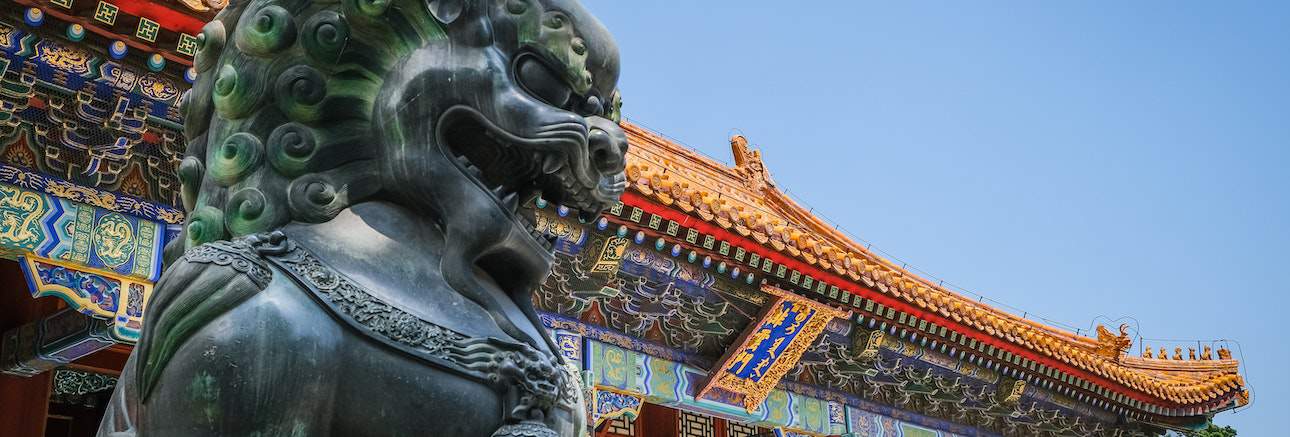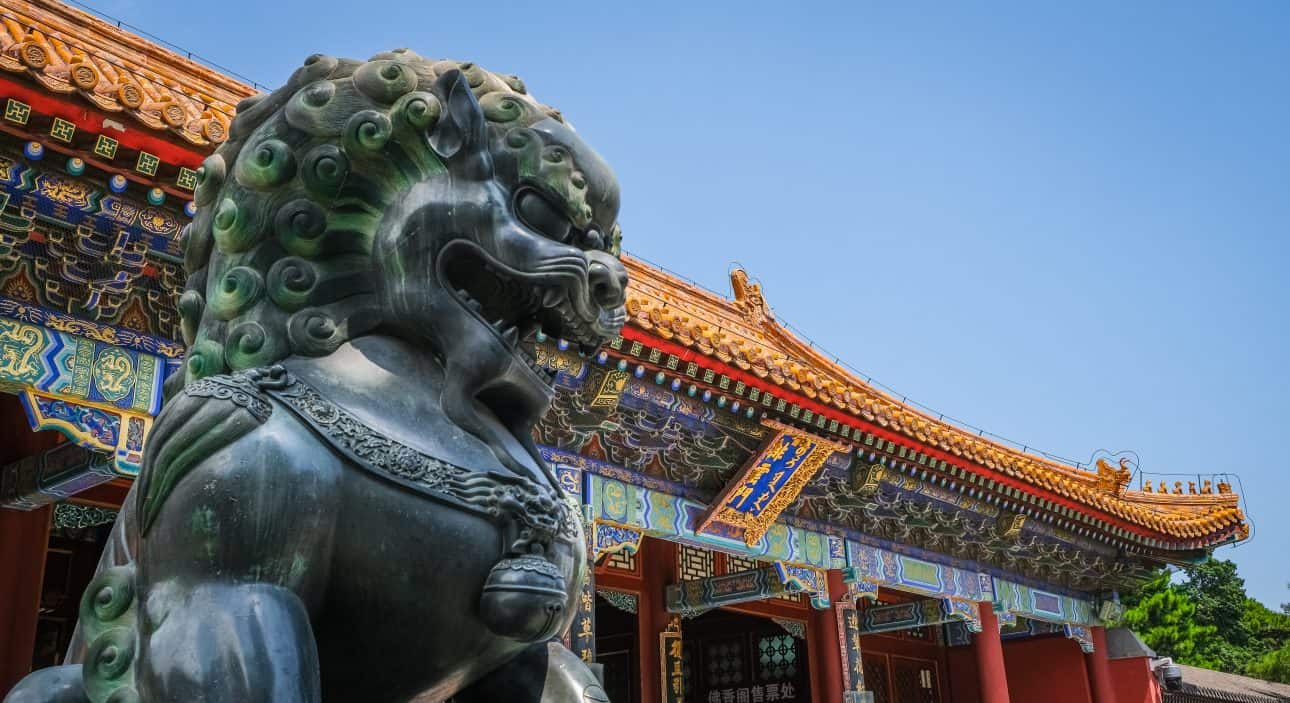China rattles rare earths export sabers
Exporters must report all transactions for next two years
On Tuesday, China’s Ministry of Commerce (MOFCOM) directed exporters of rare earth metals and oxides in the nation to report each transaction for the next two years.
According to the directive, traders must provide real-time reports, including country of shipment, the date the contract was signed, the quantity, the date loaded, as well as ship and port of arrival for customs clearance.
The move is aimed at stabilizing foreign trade, state media reported on Tuesday. It follows earlier restrictions placed on rare earths in 2015 that required exporters to first obtain a license, similar to recently imposed restrictions on graphite. Tuesday’s announcement also builds on earlier announced restrictions on exports of rare earth manufacturing technology from April this year.
At a State Council meeting in the nation on Friday, Premier Li Qiang said China’s industry should coordinate to ensure proper planning for rare earth exploration, development and research.
The meeting also reinforced that Beijing would continue to crack down on illegal mining, bolster breakthroughs in high-end rare earth materials, and drive a green transition of the industry.
Adamas take: Yet more saber rattling from Beijing in its ongoing technology trade war with the U.S. and allies. Despite the latest development, our view remains that a blanket ban on rare earth exports from China is highly unlikely. Rather, should Beijing actually opt to restrict physical flows of rare earths it would likely direct those restrictions at select entities or industries, such as defense.
Moreover, as articulated, the latest restrictions appear to apply to rare earth metals and oxides, which (aside from lanthanum) make up a small percentage of China’s overall exports by both volume and value.
Conversely, NdFeB magnets are the bread-and-butter of China’s rare earth export market and are far more strategically valuable than individual oxides or metals to end-users around the globe. If China’s intent was to inflict maximum pain on trade partners, magnet exports would be the focus.
That said – China opting to restrict NdFeB magnet exports – while painful in the immediate future – would hypercharge efforts to establish alternative mine-to-magnet supply chains outside the nation and almost certainly solidify the resolve of the West to move away from China’s supply chains entirely, where possible.
Rare Earth Market Intelligence:
Rare Earth Magnet Market Outlook to 2040
In this report, we provide a detailed overview of the global NdFeB alloy, powder, magnet and magnet rare earth oxide markets, including a breakdown of historical production, consumption and prices from 2015 through 2022. Next, we unravel the anticipated near-term impacts of the pandemic recovery on world markets and forecast global supply, demand and prices from 2023 through 2040.
Rare Earth Pricing Quarterly Outlook
The ‘Rare Earth Pricing Quarterly Outlook’ subscription-based report looks back on the rare earth market’s performance over the trailing three months and details Adamas Intelligence’s latest near-term and long-term rare earth oxide (“REO”) price forecasts to 2040.
Rare Earth Minerals Monthly
The ‘Rare Earth Minerals Monthly’ is a subscription-based report and data service for tracking global rare earth minerals trade, mineral concentrate prices, rare earth oxide prices, payability ratios, and other key developments on the supply- and demand-side of the market month-after-month.
EV Motor Materials Monthly
The ‘EV Motor Materials Monthly’ is a subscription-based report and data service for tracking motor demand, NdFeB magnet demand, and other key developments in the global EV traction motor market month-after-month, as they happen; by region, country, motor type, EV type, EV make, EV model and motor supplier, plus the latest developments in rare earth and NdFeB alloy prices.
Back to overview


